After the global launch of the exotic Vivo Nex dual display, Vivo recently announced the duo in Pakistan, V15, and V15 Pro, which come laced with trendy features in a mid-range price segment.
It’s yet another phone where the company is putting all its fancy showoffs at an affordable price, like a bezel-less screen, flashy design, and a pop-up selfie camera, and even a triple rear camera.
The phone’s launching price starts at Rs. 49,999 in Pakistan but does it provide enough value to justify its price? Let’s dive in the detailed Vivo V15 review to find out.
Vivo V15 specs
- Display: 6.53 inches, IPS LCD
- OS: Android 9.0, Funtouch 9
- Chipset: Helio P70
- RAM/ROM: 6GB/128GB
- Camera (rear): 24MP + 8MP + 5MP
- Camera (front): 32MP
- Battery: 4000 mAh
Design and Display
The beauty of this phone is off the charts. I must admit that it is the flashiest and fanciest looking phone that I have seen in recent times. I had the Glamour Red version of the device, which is a two-tone gradient color, going from the black color on the top to crimson at the bottom. Some of the people at Vivo also call it Coral Red.
Though it looks cool and all, the Glamour Red color is not for everyone. If you are looking for a flatter and less flashy color, you should look for the other option, which is Topaz Blue.
Midrange phones are still coming with plastic bodies, and I believe we are still far away from the time when cost-effectiveness will make metal or glass possible in the price range. Although I am not a big fan of plastic bodies, Vivo V15 doesn’t look odd in it.
Plastic or glass, smartphones today are a fingerprint magnet, and Vivo V15 is no different. After taking the pictures of the phone, I had to encase the phone in a company-provided cover to protect it from getting dirty so easily.
The device sports a power key and a volume rocker on the right side and a SIM tray on the left, which supports dual sim connectivity. All the buttons are rightly placed on the phone and the index finger reaches them easily.
Interestingly, Vivo tried to imitate Samsung with its Google Assistant dedicated button that is placed on the left side. A single click activates the Google Assistant, whereas double-clicking it would take you to the image recognizer.
The bottom of the phone has a micro USB port along with the headphone jack and a speaker. We expected to see a Type C port, but it is otherwise. Vivo needs to consider it since we have already this implementation in much cheaper phones, for example, Nokia 6.1 Plus.
Although it sports a near bezel-less display, the footprint of the Vivo V15 is too large and hence feels bulky to handle with one hand. While that may be a plus point for some people, it was definitely a nuisance for me when I wanted to operate it one-handed.
On the back of the device, you can find a fingerprint scanner and a vertically placed triple camera setup, which is not among the best of the designs because it makes the phone wobbly when lying on a flat surface because of its protrusion and the provided back cover makes it even worst.
The pop-up camera is the primary selling feature of the phone and an excellent addition, which makes possible the tiny bezels on the device, but its charm doesn’t minimize the pain one gets due to the prolonged use of this large body.
The overall design of the phone is good, and in spite of featuring a plastic body, the phone does not look less premium.
Vivo V15 offers a humongous 6.53 inches IPS LCD panel that has a resolution of 1080 x 2340 pixels and a 19.5:9 aspect ratio. All of this boils down to a high screen-to-body ratio of 85.6%.
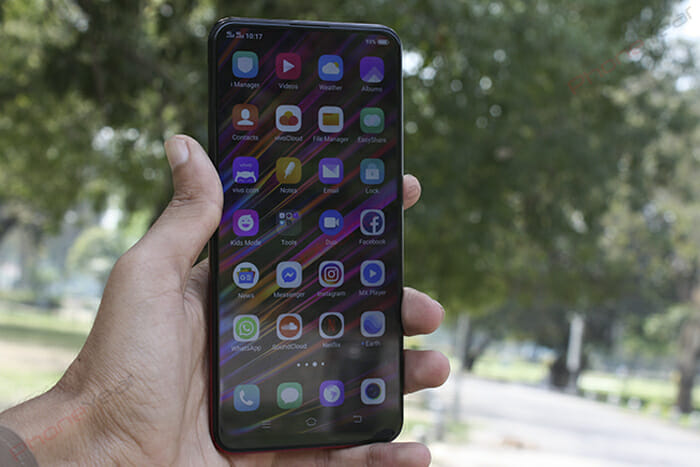
During the Vivo V15 review, I found out that the display of the phone is quite great. For those who love to watch movies, the display is bright and vivid enough to be used both outdoors and indoors without cringing.
The side and top bezels are slim and pushed to their limits, but the chin is quite noticeable, not to the extent where it starts to hinder your view or starts looking ugly.
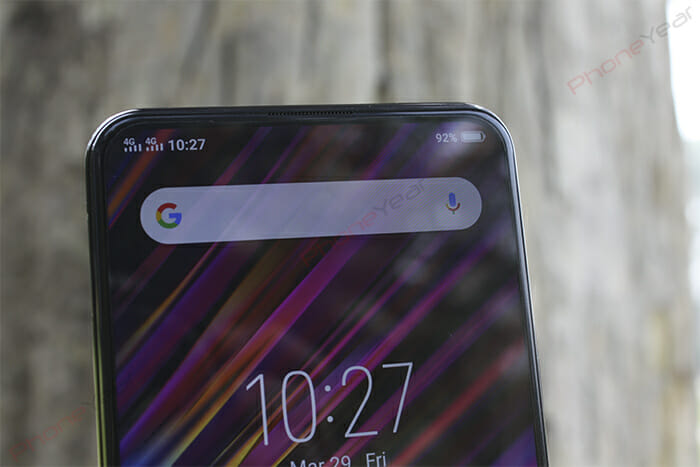
The color reproduction of the phone is excellent, but the viewing angles are a bit compromised, specifically in bright outdoors. Even with full brightness, you have to struggle to browse through the phone under bright sunlight.
Don’t get me wrong here; the display quality and color saturation are all well and balanced. It also does not incline on the cooler side, as we have seen in Huawei phones like the Y7 Prime 2019.
OS
The software is the part where almost all the Chinese phones fall flat on their back. Be it Xiaomi, Vivo, Oppo, or Huawei, all the manufacturers try to stuff up their devices with unnecessary software and unwanted apps, and that’s precisely what happened with the Vivo V15.
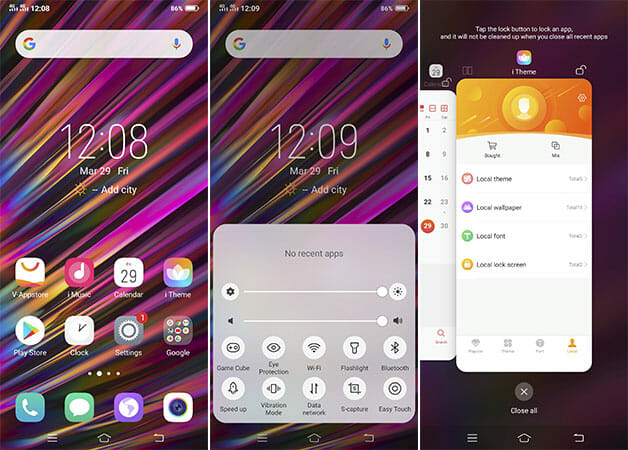
It packs the company’s custom Funtouch 9 that is based on Android Pie, but if you are someone coming from the stock Android experience, you’ll get fed up with the intruding OS of Vivo V15 very soon. It doesn’t have just that finish to it and looks a bit cartoonish.
It just feels like an unfitting blend of Android and iOS. You’d typically swipe down for quick settings, but not here! You have to swipe up for the control center like in iOS. However, you still have to swipe down for notifications in the status bar.
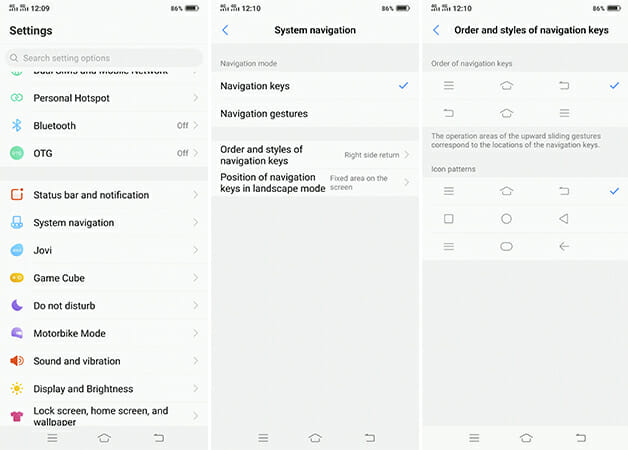
There are a ton of navigation options on the phone. You can also change the order of the keys on the navigation bar and even activate gesture navigation, which hides the navigation bar, giving you more screen estate.
However, not everything is doom and gloom in the Funtouch. It also packs some great features. There is also a game cube named gaming mode that claims to enhance the performance of the phone, but during the Vivo V15 review, I did not find it as convincing as the GPU Turbo technology in the Huawei Nova 3i.
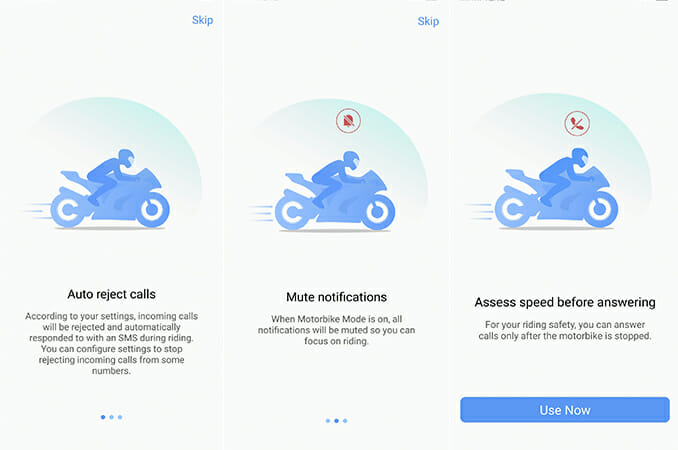
The bike mode is still there, which auto rejects your calls when you are riding a bike and assesses your speed before you answer the call so you can only answer when you stop the bike. It also mutes your notifications so you can focus more on riding.
Performance and Battery
To be fair, Vivo V15 did not shine brightly on the performance mantle. Though it was decent enough for a mid-range, we have seen better performance in a lower-priced phone like the Honor Play.
It packs an Helio P70 chipset paired with 6GB RAM. Helio P70 is known for its power-efficient performance, but sadly, neither did I witness a mind-blowing gaming performance, nor did I experience any efficient power management. Maybe this was the result of the poor OS optimizations. The device scored at par with the much cheaper Realme 2 Pro in the benchmarks. Here are the results
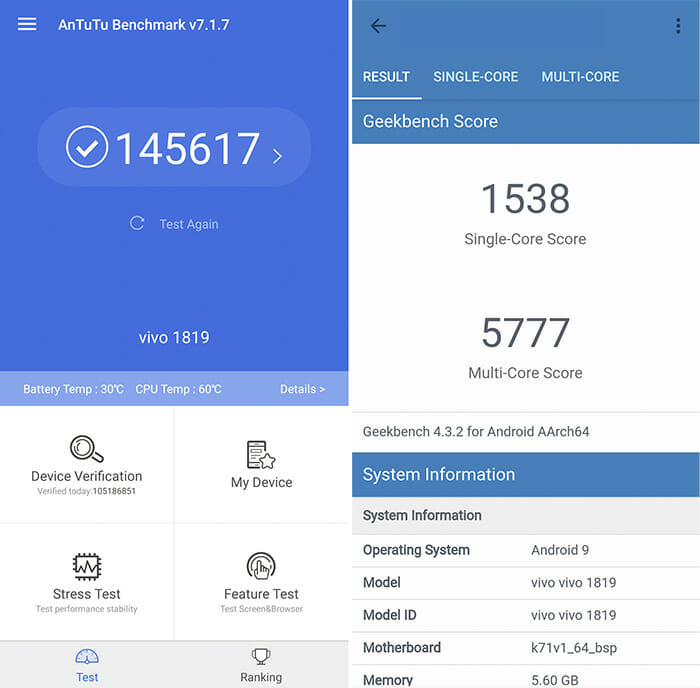
In moderate usage during our Vivo V15 review, the phone performed quite great just like any other mid-range. Moving to and fro between texting, calling, social media browsing, and consuming media content online was not a problem.
In our heavy usage real-life test, when we tried to multitask heavily between 15, 17 apps, which also included heavy games like Deer Hunter, Dead Trigger 2, and Asphalt 9, the phone showed significant lag.
When switching from playing a game to my Instagram, the Instagram app froze, and the game sound stuck in the background. This happened two times in a single hour. Other than that, I also experienced a sudden app crash one time.
For the moderate users out there, this phone might be what you are looking for, but the same cannot be said about heavy users.
Although the gaming performance is at the most, just ok, you will still notice frame drops in heavy games like Asphalt 9, and only after a 10-minute session of gaming, you can notice the phone heating to the extent where you can feel it even with the protective cover snapped on.
The update that we received during our Vivo V15 review, although claimed to improve the performance of the phone, we did not experience any significant change in the behavior of the device. The sound quality on the phone is pretty loud; however, it seems muffled and lacks clarity.
The device packs a massive 4000mAh battery but faces the same issue as performance. The optimization is poor and battery which results in the device eating the battery up like crazy.
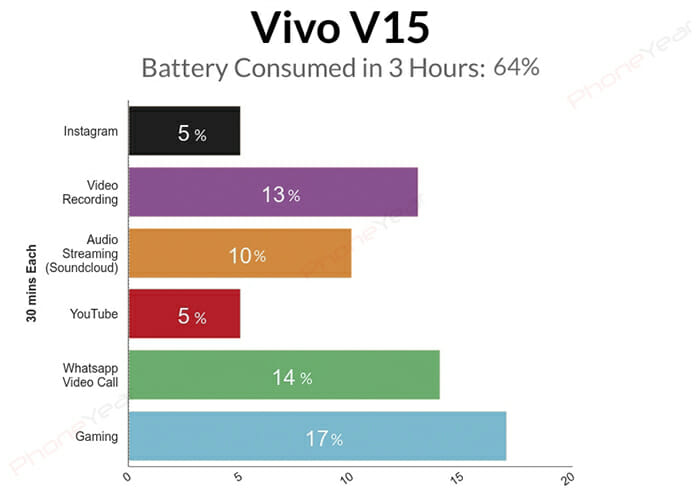
It did not perform too well in our three-hour battery test, which is quite strange, keeping in mind such a massive battery of the phone.
During the moderate usage part of our Vivo V15 review, it consumed a huge chunk of 16% of the battery just in one hour. Vivo Y91, which is a much cheaper offering from the company, consumed the same amount of battery at the same time in heavy usage, which the V15 does in its light usage.
During the heavy usage part, the battery consumption rose to 20% in one hour, and the disappointing part is that it does not provide a great performance either.
Camera
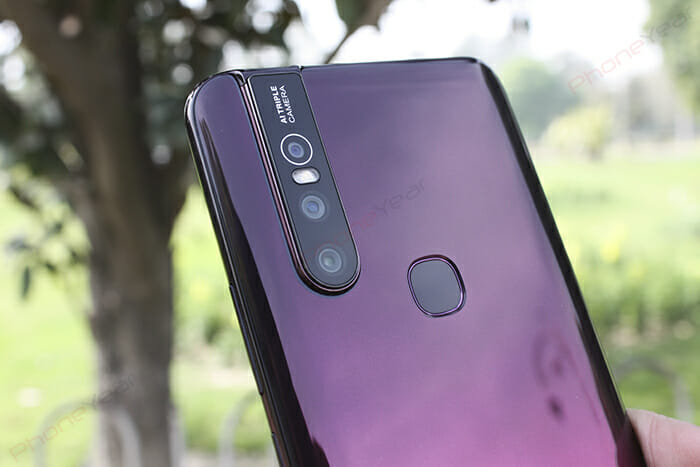
Vivo has stuffed up a triple camera setup on the V15. On the back, you can find a 24 MP primary lens with f/1.8 aperture, an 8 MP ultra-wide-angle lens with 13mm focal length, and a 5 MP depth sensor for better portrait shots.
I also noticed that when you turn the front camera on and off many times in a row, a warning is displayed on the screen saying this may damage the front camera, and it takes some time to close down on its own. So, you might want to take care of that too.

The device also has an auto HDR mode that enables every time you open the camera app. This was specifically a nuisance when I was shooting in the lighting conditions where I did not need the HDR.
The rear camera takes excellent images in auto mode but sometimes lacks details. The photos mostly come out punchy and feel lively. However, turning the HDR on maintains the integrity of the image, especially in daylight scenarios, as it captures more details.
Notice how the HDR mode successfully manages to capture significant details in the clouds, something that Auto Mode fails to get even with the AI.
The ultra-wide-angle lens captures unbelievably wide shots, close to the ones we saw in the Galaxy S10 Plus camera, but sadly, it loses the details in doing so.
Artificial intelligence in the Vivo V15 camera is more artificial and less intelligent. I am saying this because the AI mode in this device is nothing less than horrible and oversaturates the colors to an extent where it starts to look like an oil painting.
The HDR also does not correct the color or the detail or even balance out the dynamic range in some scenarios. It duplicates the picture taken in auto mode with a negligible difference. The ultra-wide shots come out pretty dramatic and also correct the colors in a much more natural way.
The contrast and saturation in auto mode are consistently higher, but the ultra-wide shot makes it much more natural in every way. From the dramatic effect of capturing a wider area to the colors of the picture, the wide shots look great.
However, you can notice the chromatic aberration in a wide-angle shot, and since it does not sport the Autofocus so it would require quite a few tries to get your desired wide-angle shots.
The camera struggles in low light scenarios. Grain starts to creep in, and the color reproduction also degrades by a considerable margin. However, with brightly lit places and objects, it performs way better.
During my Vivo V15 review, the much aggressive AI shocked me. It completely changes the color of what you see and what you capture with the device. In low light scenarios, even with the ultra-wide lens, the colors come out very artificial.
Even though the above two pictures were taken with an almost 2 minutes gap, you can see the massive difference of color of the sky in both of them, which is evident in the aggressive post-capture treatment of the picture in Vivo V15. The light handling is also very inconsistent in the camera.
Notice how the reds are more saturated and the highlights; in this case, the neon signboard is blown out in auto mode, but the HDR mode managed to contain some of the light, but even then, it did not make any difference in the overall dynamic range of the image.
The phone sports a digital zoom up to 10x, but the image quality degrades severely. At night you can see that a lot of grain creeps in even in auto mode.
I must admit that I was impressed with the 5x zoom capability. It managed to take a much better picture than what I expected; however, the same could not be said about the 10x zoom picture.
Talking about the modes, there are numerous creative portrait modes in the Vivo V15 camera. You can blur the background and even turn it to monochrome while maintaining the color on the subject.
Strangely, the edge detection does not work very good in the regular portrait mode and blurs out the parts of the subject in focus. Still, if you switch to other modes like the monochrome one as above, you get better edge detection and exceptional results with good details.
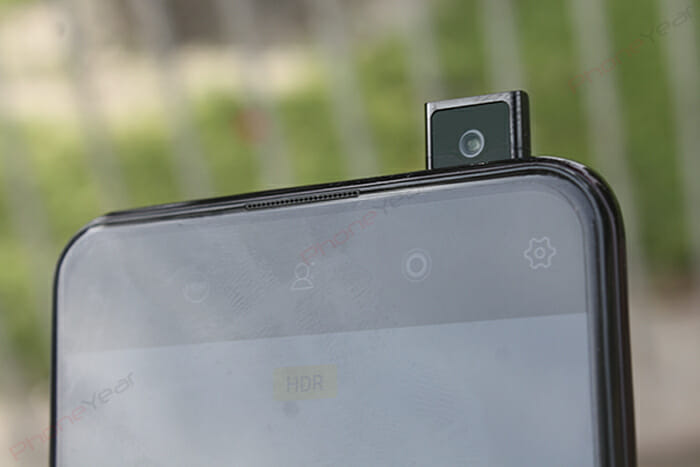
The 32 MP selfie camera grabs some very ordinary selfie. I have always loathed the Chinese phones like Oppo and Vivo, which tend to whitewash your face with excessive beauty, even if you turn it to the minimum. Here are some selfies from the Vivo V15.
The camera could have been better on the phone. At this price point, you have a lot of options popping out nowadays, and it remains challenging to stay abreast of all the competition. Moreover, the camera of the V15 is also a huge disappointment because the company already set the standard in the form of V11 Pro, which seems to be unmatched for now.
Verdict
The results of our real-life Vivo V15 review failed to impress us. It seems Vivo is going backward in smartphone quality. Last year’s V11 series, especially the V11 Pro, was a smashing hit and also provided an excellent value for money, but the Vivo V15 does not cut high enough. The phone fails to excel in any compartment; instead it provides a little of everything, which is certainly not enough.
Though the design is flashy, the usability is at a minimum due to its bulk and heft, which also adds to the excessive weight of the device.
The display is good indoors, but when you are spending this much money on a device, you expect better, and that’s where it lags behind the competition. Even the cheaper Honor 8X presents a much better display outdoors than the Vivo V15.
The performance was also underwhelming as almost all the phones perform equally good in light usage. It’s the gaming that ekes out the juice of the phone, and that’s where Vivo V15 started to rattle. Despite the large 4000mAh, it did not give a battery performance that we earlier experienced in the Vivo Y95 that comes with the same capacity.
The camera is a mixed bag. While some of the shots taken in auto mode come out great, the AI artificially enhances the pictures. Similarly, while the Ultra wide-angle lens enables you to takes jaw-dropping wide shots, it fails to capture good details.

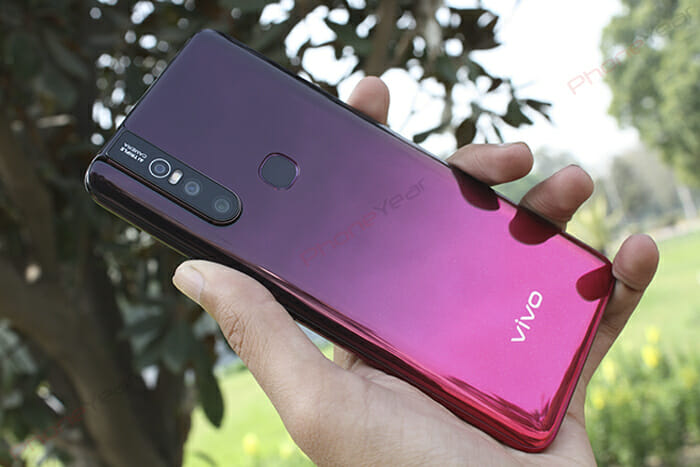
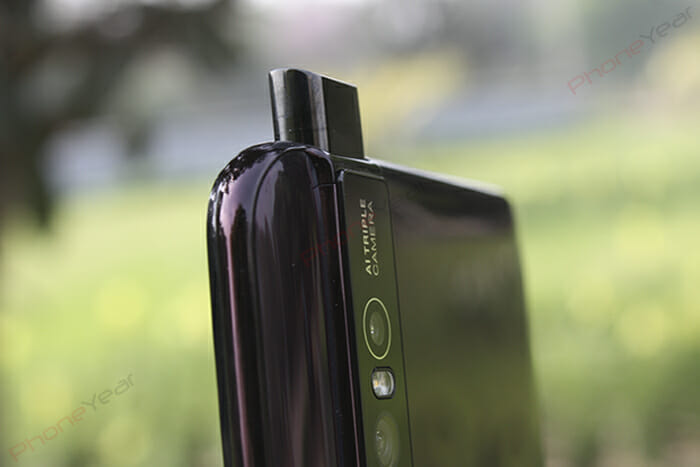
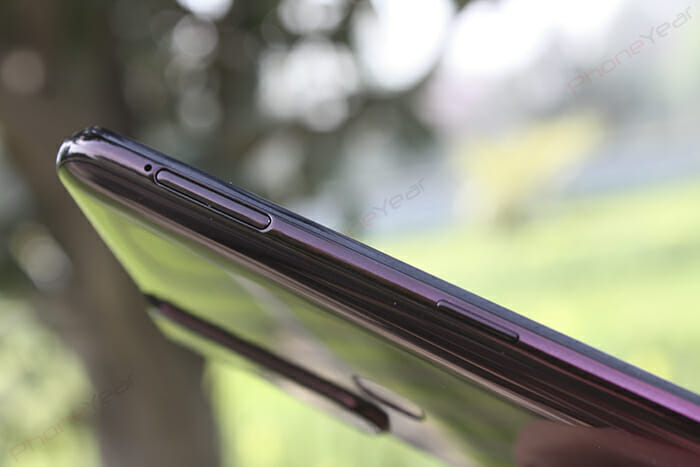
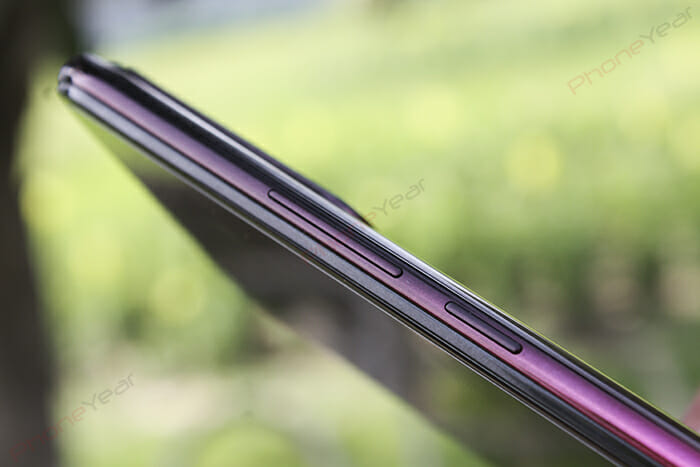

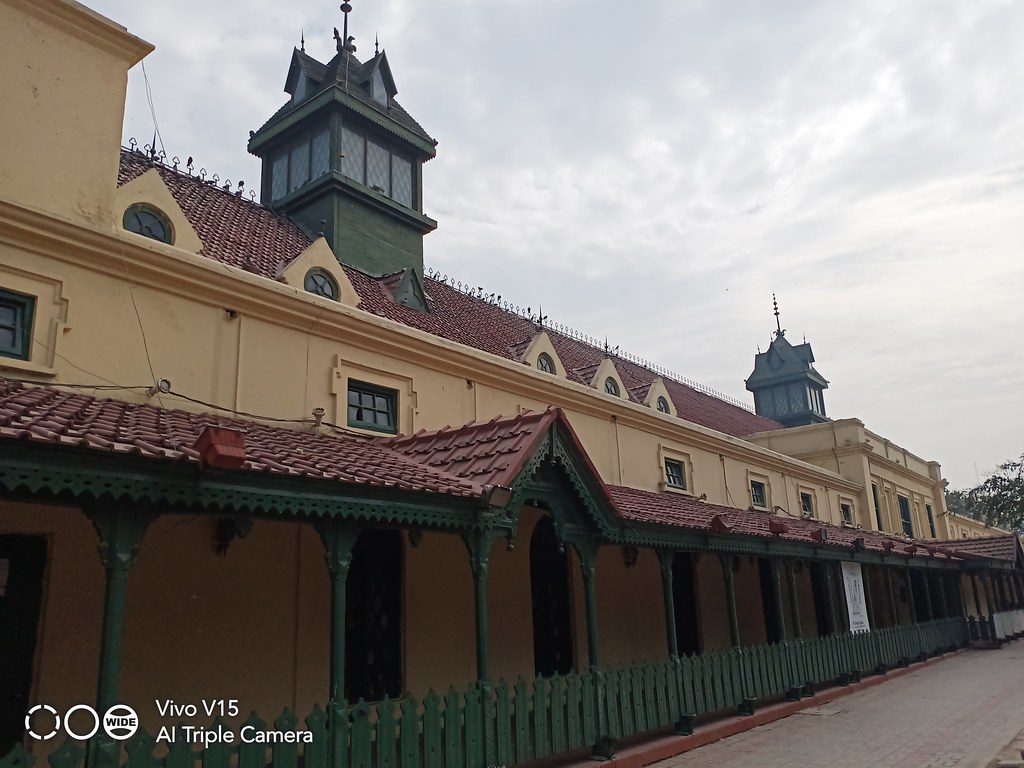

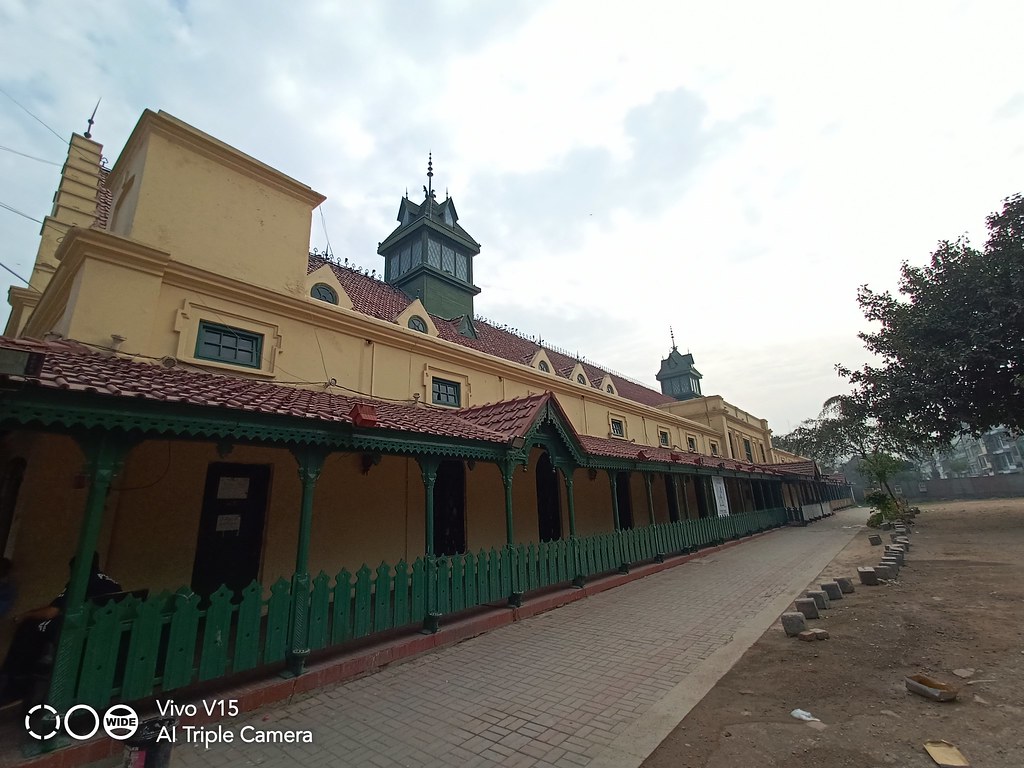

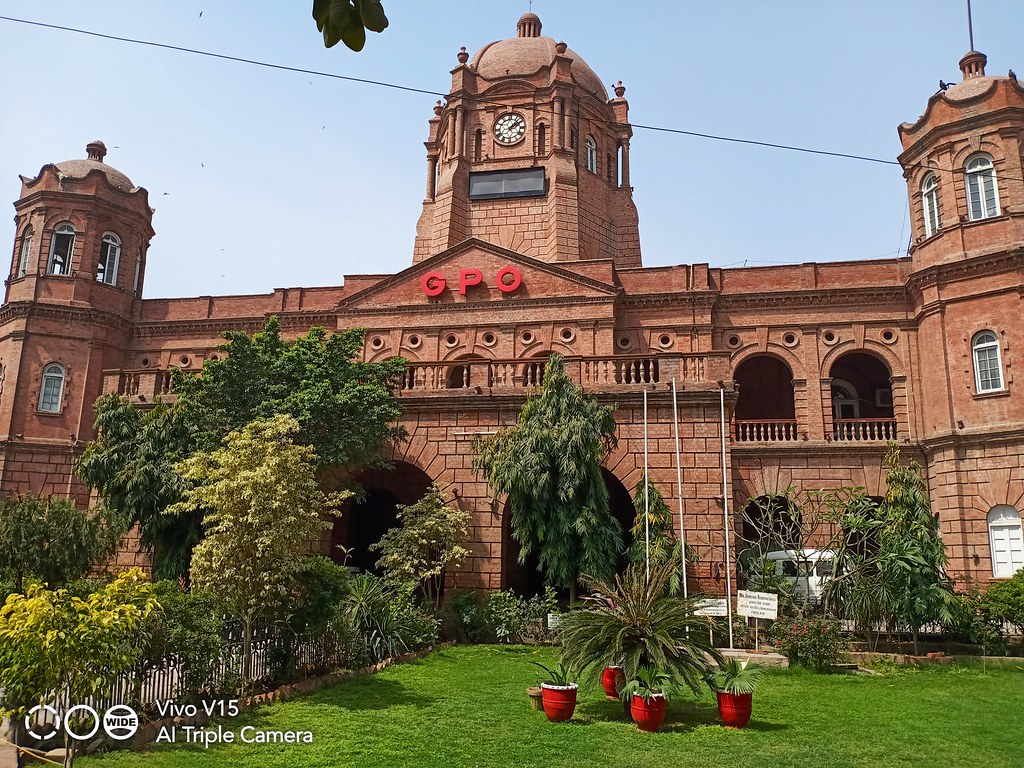
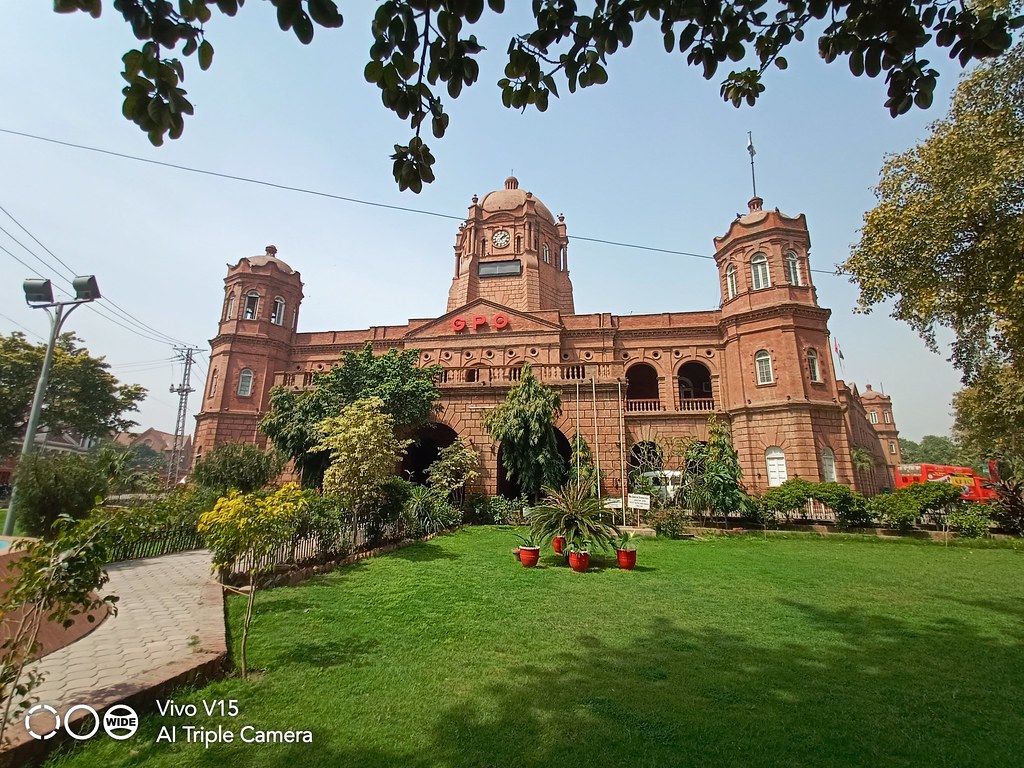
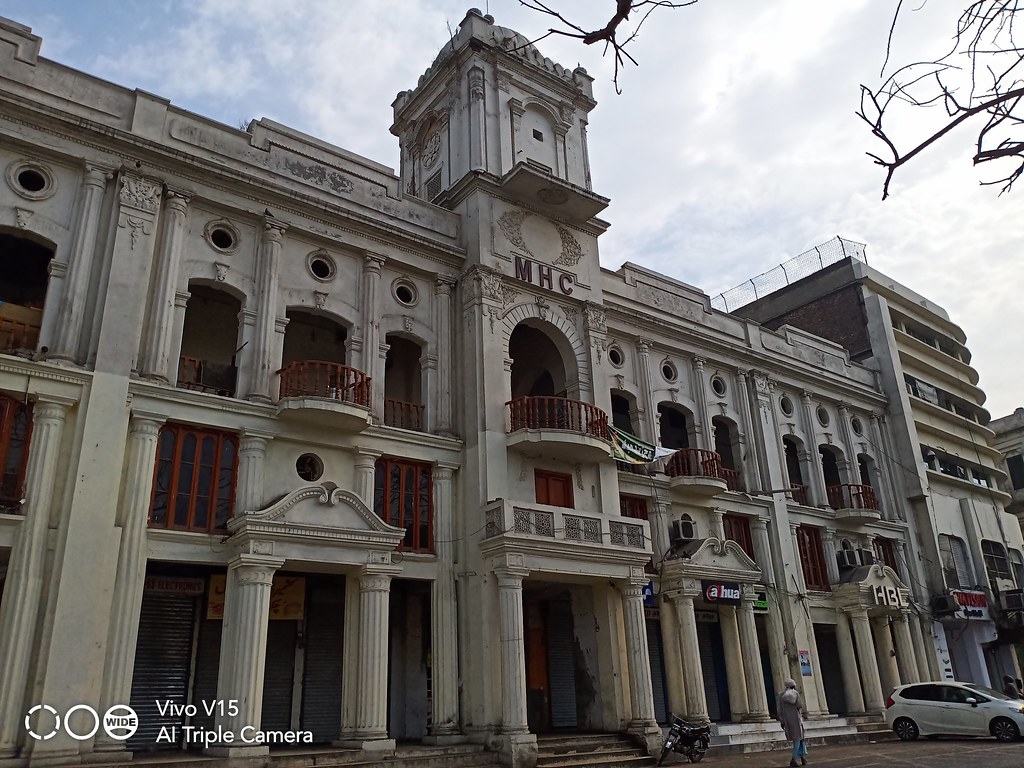
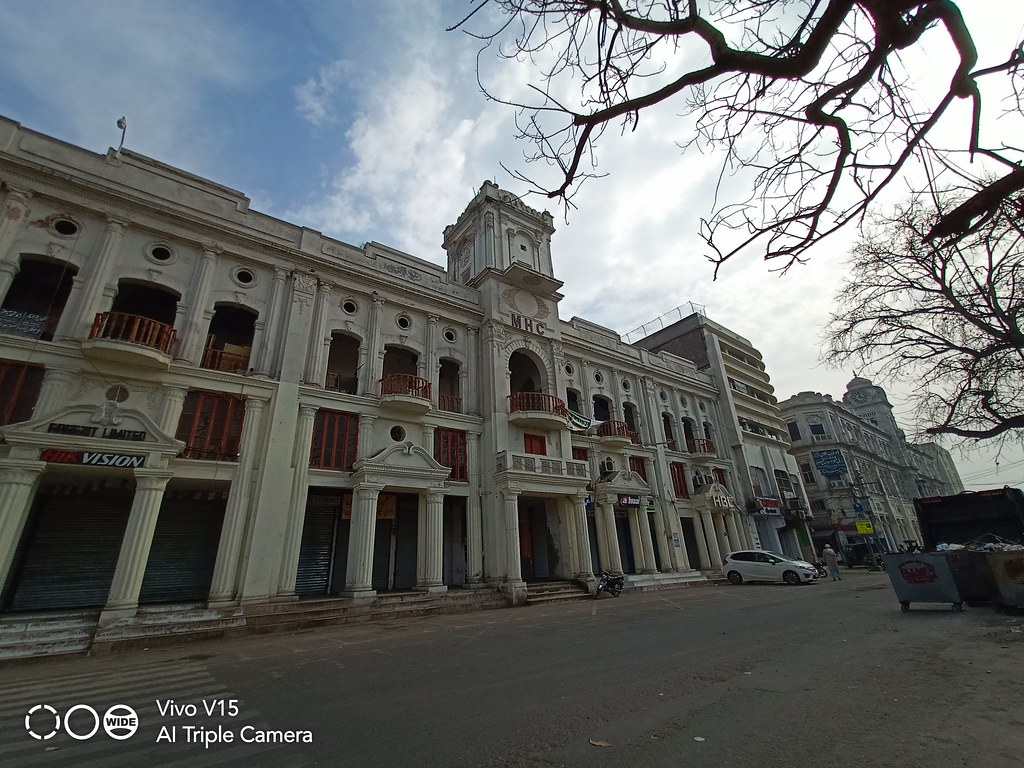

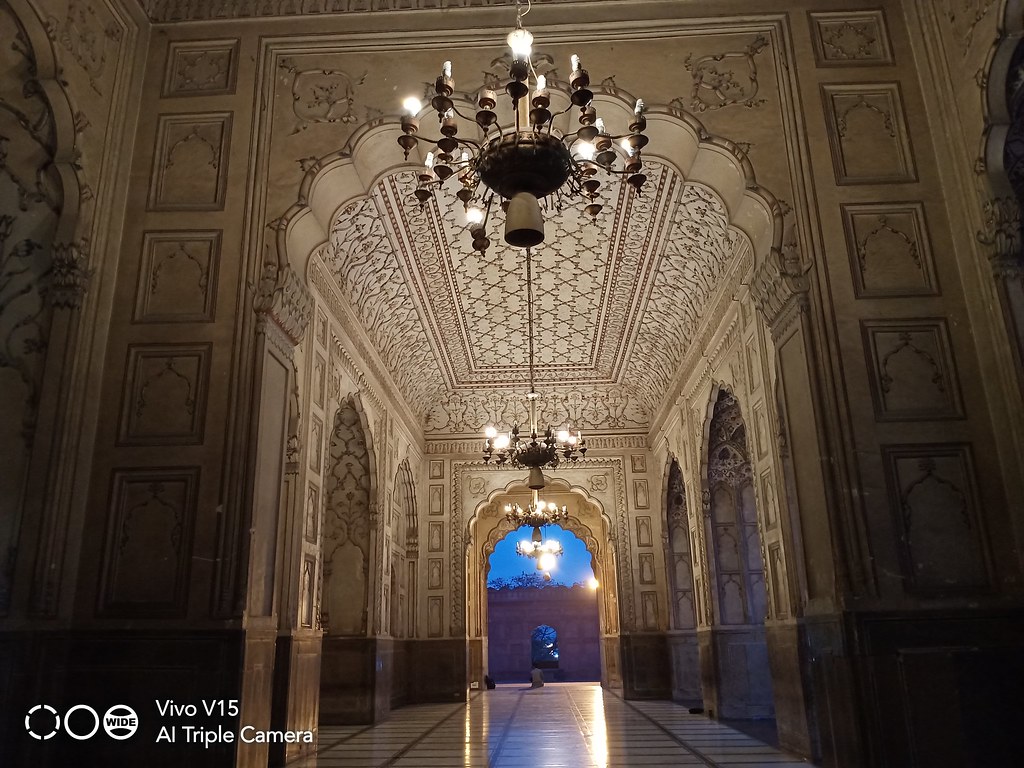
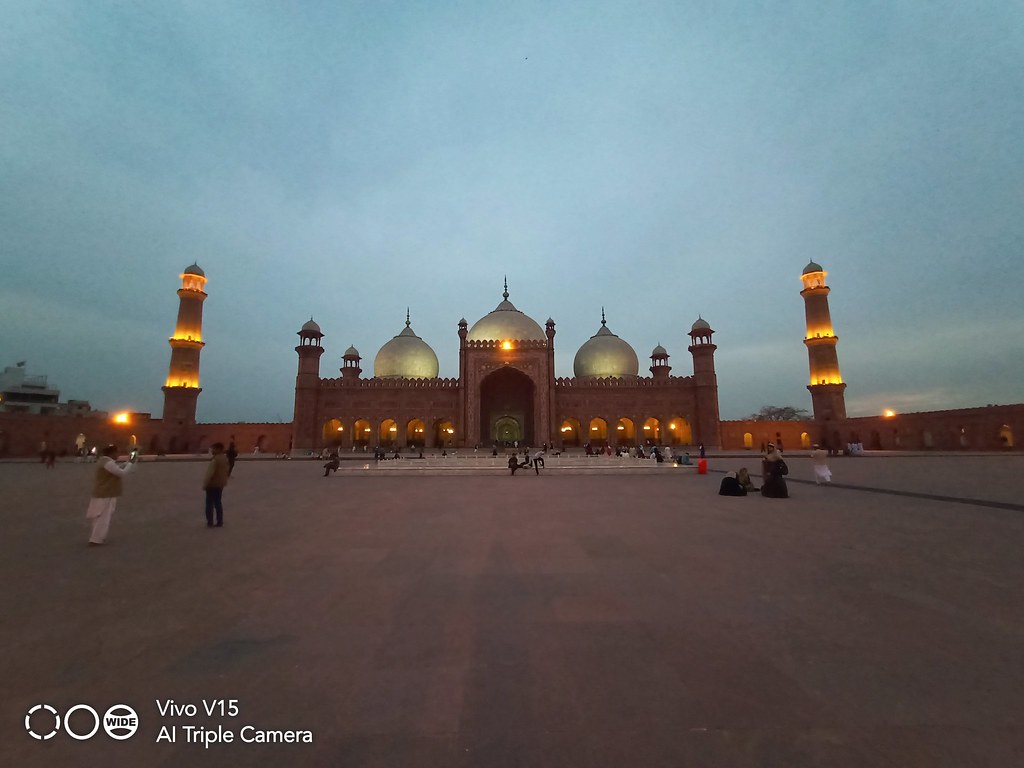
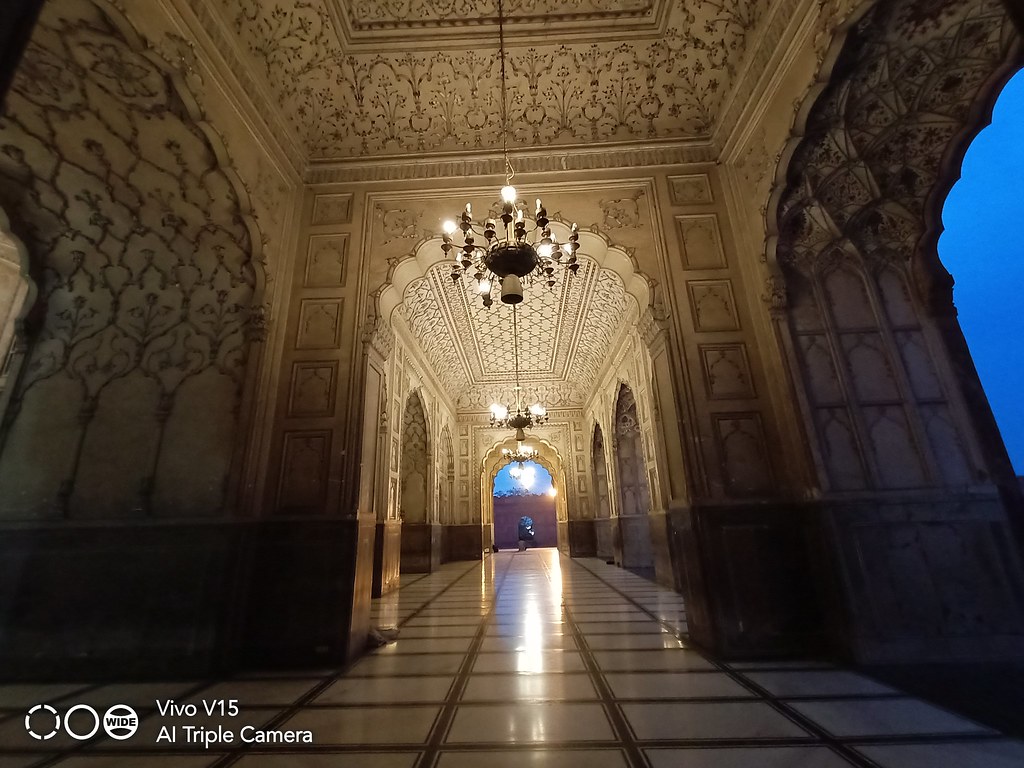
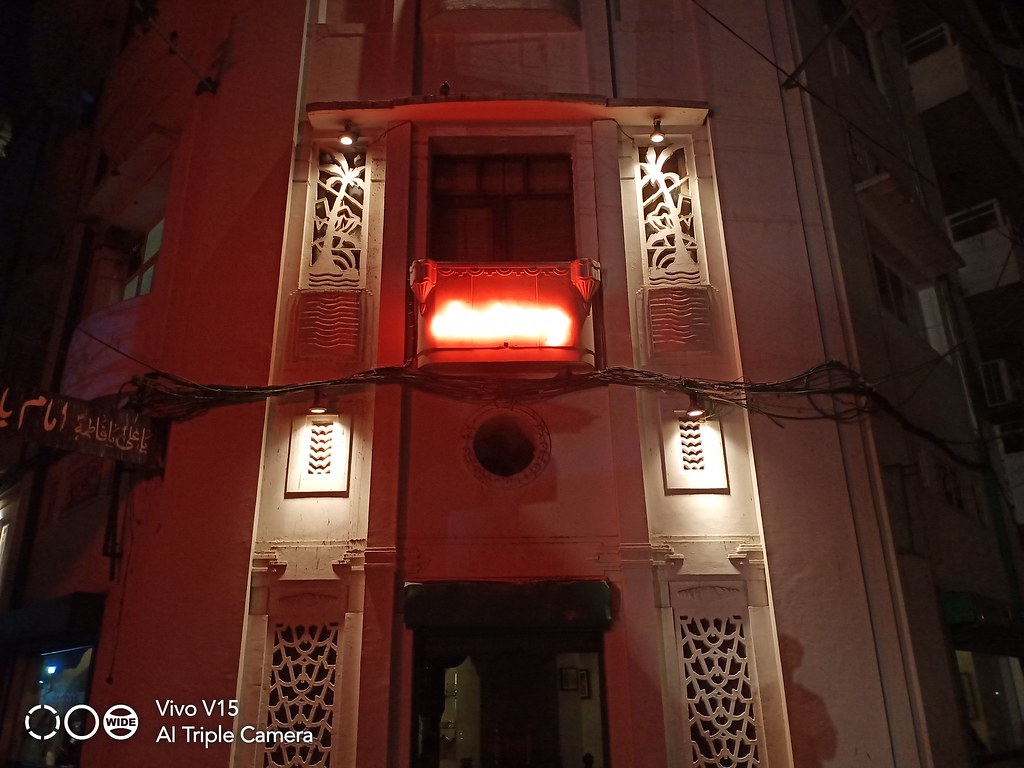

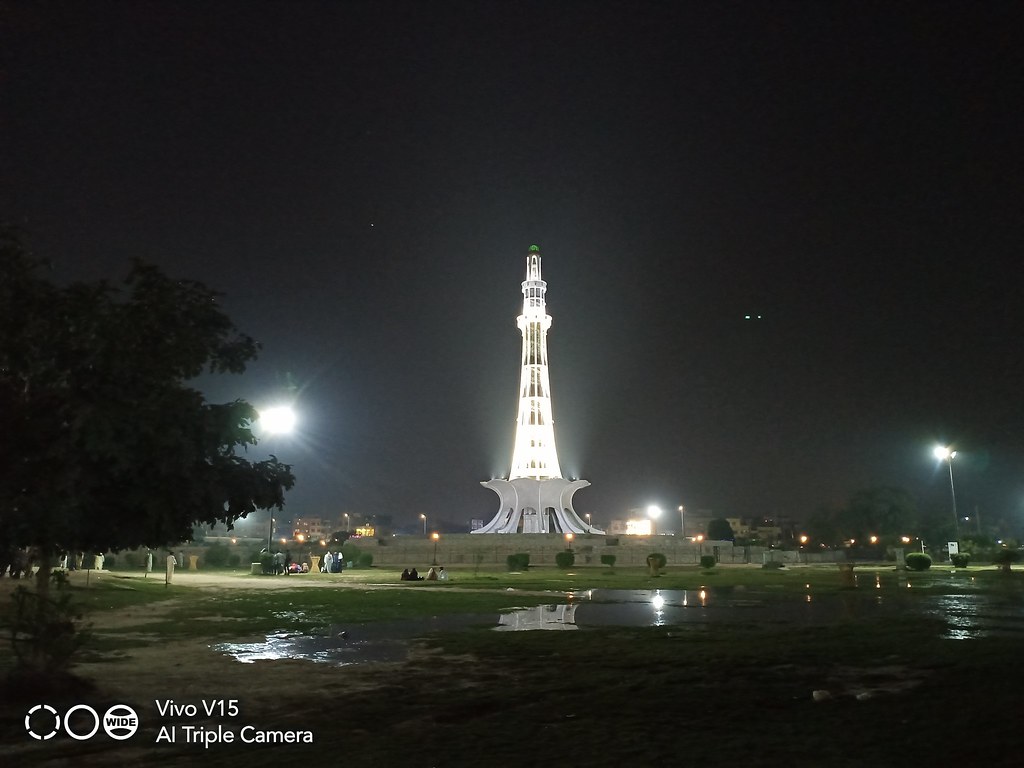
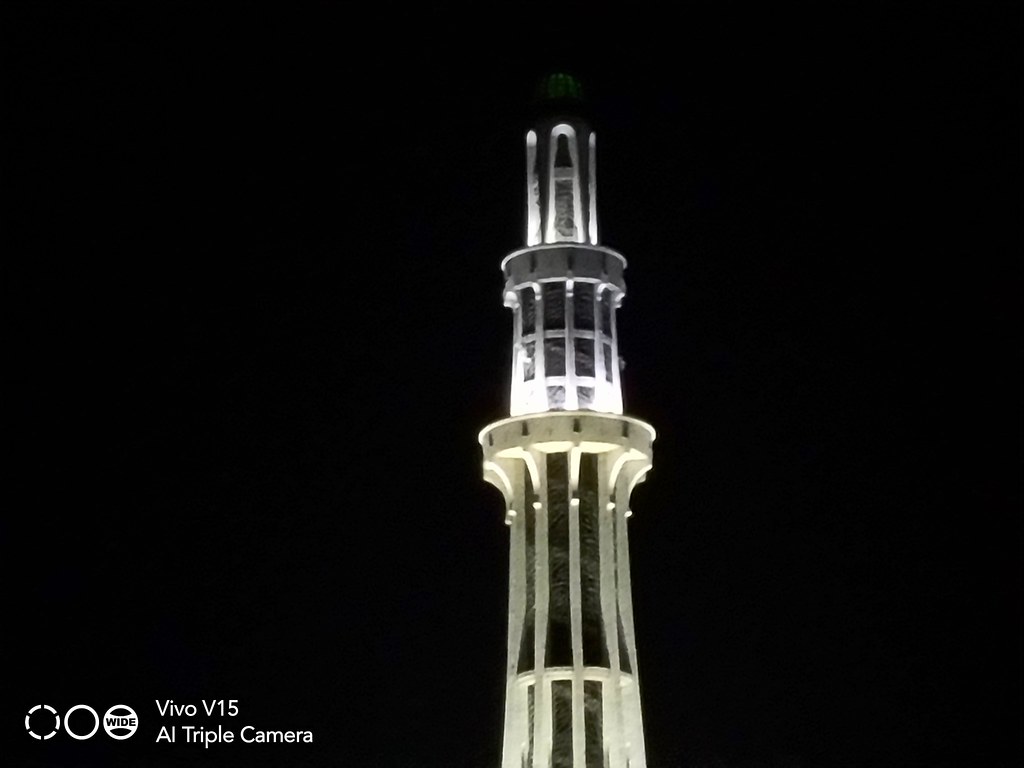
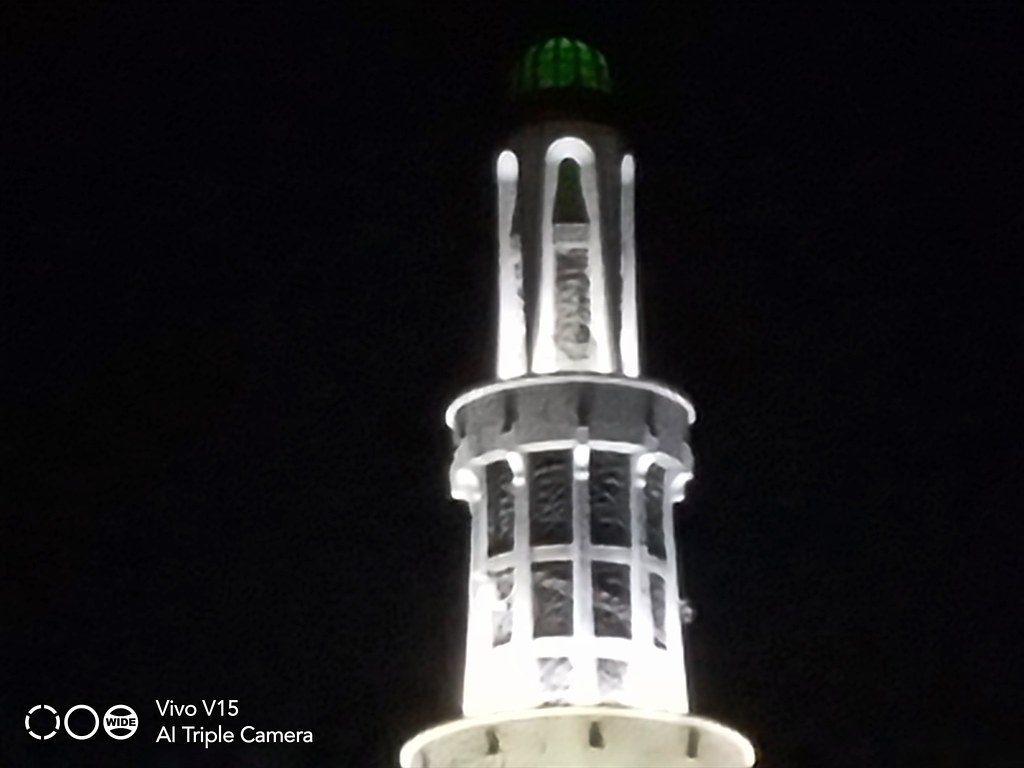




what is the price of the phone